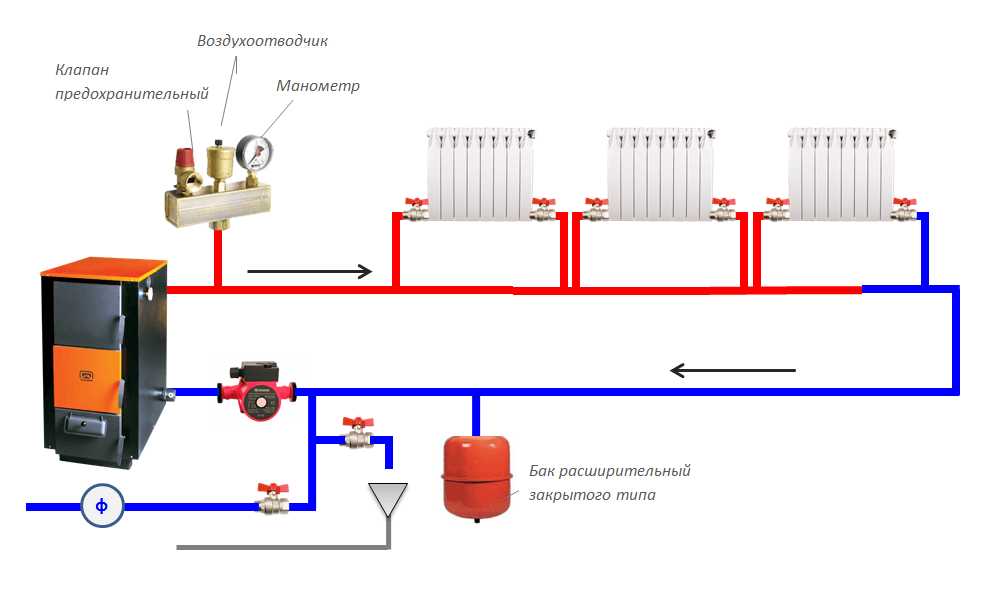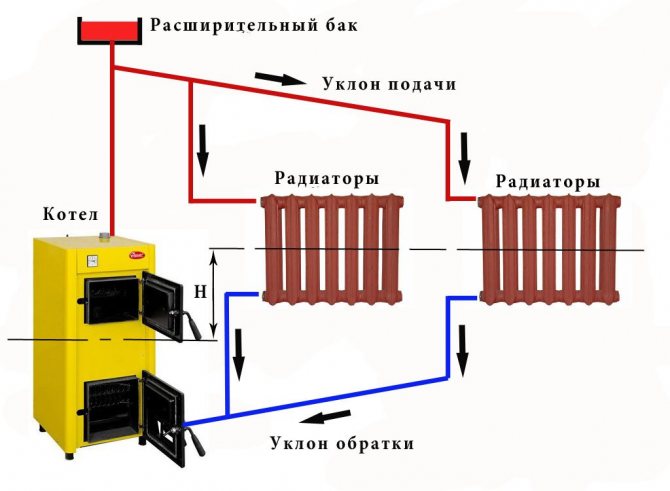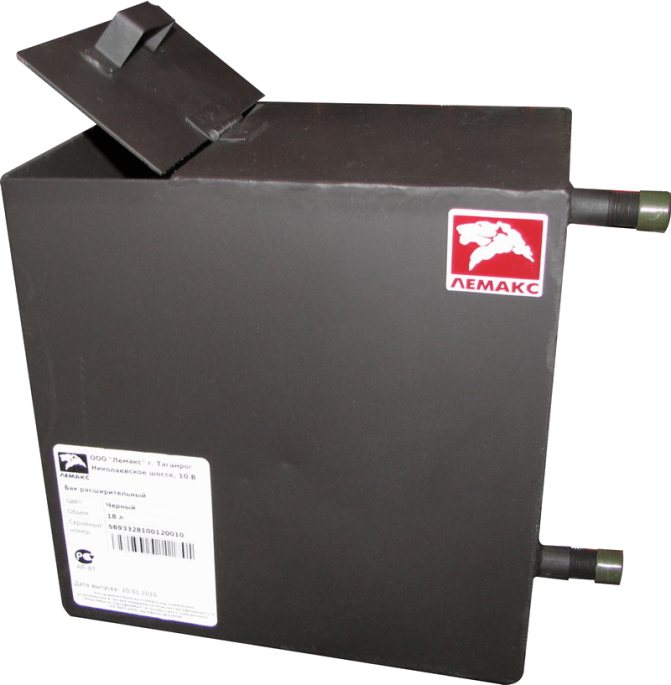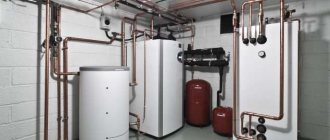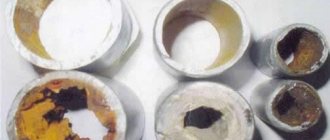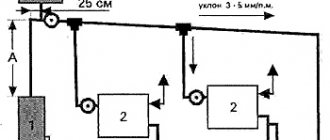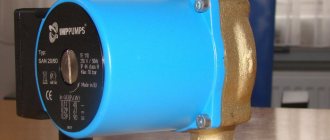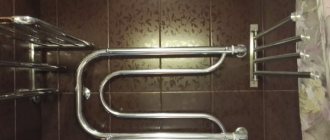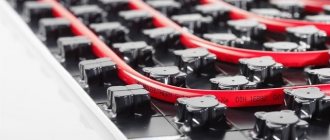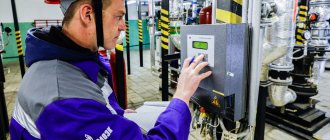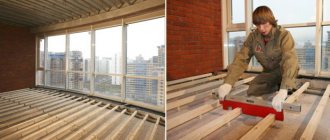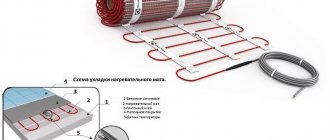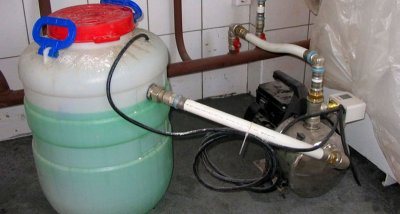
Closed heating system has no connection with the atmosphere, which partially increases the pressure.
This is due to protection from environmental conditions and changes in the weather outside.
Filling a closed heating system with coolant has its own characteristics.
Odnoklassniki
Features of filling a closed heating system
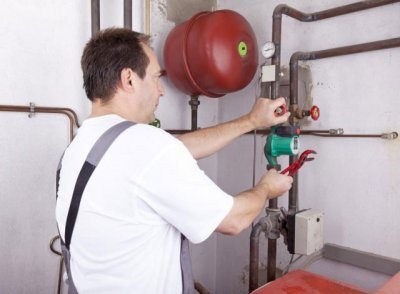

To complete the work, you need pump and expansion tank. It is recommended to do this together... A task the first - fill the circuit with water while the second controls the air release.
If you have to do everything in alone, it is enough to turn on a weak head. The gas relief valve should be located in the upper part of the pipeline, away from the boiler.
Before starting, a container is placed under the place where the liquid flows out to collect it.
The tap to remove water is set down below... Not far from it, near the boiler, a supply pipe is mounted. For filling, a hose is used, which is placed in a water supply system or connected to a pump. A successful process is facilitated high head. The system will fill when liquid emerges from the vent valve. Then the air is released and the pressure is checked. Repeat the procedure if necessary.
In a two-circuit system the process is easier. For the bay use make-up system, if there. It will automatically balance, remove gas and select the preset pressure. If it is absent, you will need to connect the water supply to the boiler with a hose and fill it through the latter. In this case, you will have to manually clean the circuit from air.
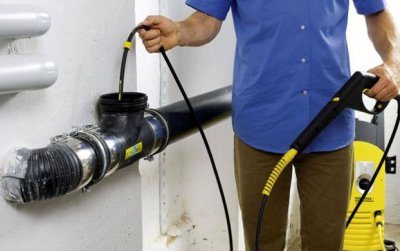

If the boiler gas, you will have to remove face cover... There is a booster pump. The device is turned on by heating the coolant.
The liquid is mixed with the gas that needs to be removed: for this, the valve inside the device is slightly opened with a screwdriver. When water appears from it, the valve is plugged.
The procedure is repeated 3-5 times with an interval of 2-3 minutes. If the boiler has stopped boiling, a pressure check is carried out.
Having finished filling the closed system, they proceed to inspect the integrity of the pipes. After it, debugging and hydraulic tests are done.
How to choose a circulation pump for heating?
We have decided on the type of circulation equipment. Now it's time to pay attention to the performance characteristics of the circulation units, namely:
- On the flow rate of fluid in the system.
- To the working head (height of the water column).
At the same time, by the liquid flow rate, we mean the minimum volume of the coolant pumped through the boiler heat exchanger per hour or minute. This characteristic is measured in m3 / hour or liters / minute. Well, the working head is the maximum height of the water column, "lifted" by the pump vertically.
Moreover, the pump flow must correspond to the thermal power of the heating system, and the head must correspond to the length of the wiring. Simply put: one kilowatt of boiler power corresponds to a flow rate of 1 liter / minute. That is, a 25-kilowatt boiler must be paired with a pump that provides a flow rate of at least 25 l / min.
However, the indicated proportion - 1 kW: 1 l / min - gives only an approximate result. For a more accurate determination of the flow rate (supply) of the coolant, European and domestic designers recommend using the following formula:
P =(3,6xQ) / (CхΔТ);
Where:
- R Is the required expense,
- FROM Is the coefficient of heat capacity of the consumable medium (water, oil, antifreeze),
- Q Is the volume of the heated medium in the entire system,
- ΔТ Is the difference between the temperature at the outlet of the boiler and the inlet to the heat exchanger.Usually this parameter is equal to 20 degrees Celsius.
The working head is selected according to the dimensions of the wiring - according to the length and height of the pipes in the system. Moreover, each meter of height must correspond to a meter of pressure. In turn, a meter of horizontal wiring is compensated by one decimeter of head (10 m: 1 m).
Well, the exact formula used by the designers is as follows:
J =RLK;
Where:
- J Is the required parameter (head).
- R Is a coefficient of hydraulic resistance equal to 100-150 Pascals per meter.
- L Is the total length of the horizontal layout.
- K - This is the coefficient of increasing the load, which increases the required head by 200-250 percent.
Having calculated these parameters, we can select the "correct" pump, the characteristics of which correspond to the design head and flow rate. However, focusing on passport characteristics gives only an approximate result, fraught with the risk of acquiring an unnecessarily powerful device that serves the system with excessive agility.
Therefore, professional designers take a completely different approach to pump selection. They build paired diagrams according to the specified parameters, determining the desired value by the point of intersection of the head and flow graphs. However, this technique is justified only in the case of purchasing a really powerful "dry" pump, designed to serve large rooms.
A household unit of a "wet" type can also be selected according to passport data - such pumps do not consume more than 100-150 W, therefore, serious errors in calculations in this case are excluded.
Types of coolants
There are several types, mainly liquidsbut also meet gaseous... More often than others they use the following two substances.
Water
It is the standard filler for the pipeline. It tolerates heat well and does not cause chemical reactionsexcept for the oxidation of metals. During operation, the contour partially fills scumformed as the liquid cools.
Important! When using this substance, it is sufficient to carry out annual cleaning the system from solid formations.
Antifreeze
Anti-freeze is used in systems that periodically turn off, especially in the cold season. It is also useful in northern areas. When cooling down, the pipes will not burst, which happens with water. For the infusion of antifreeze, it is recommended to create a system with contour of small diameter, and install radiators panel... This helps to save on fluid consumption.
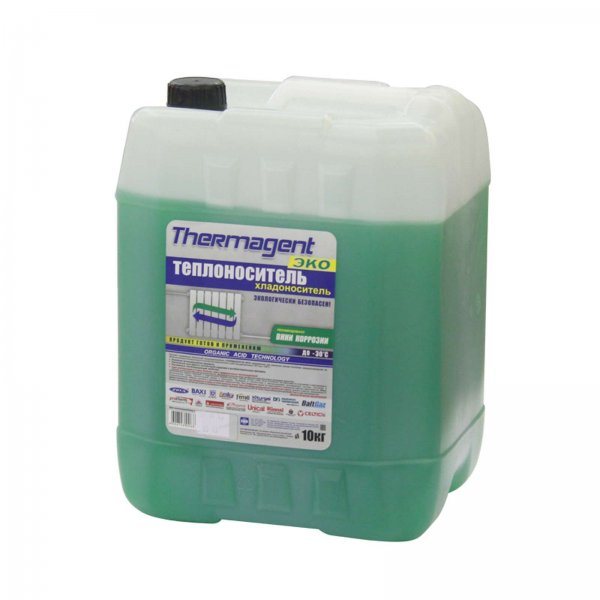

Photo 1. Antifreeze model EKO-30 based on propylene glycol with carboxylate additives, weight - 10 kg,.
In addition, it is much more difficult to fill: the antifreeze cannot be filled directly with a hose or through the tank (in a closed system).
Bay perform in one of two ways:
- From below with a pump. It creates pressure, thanks to which the antifreeze begins to circulate. This will require a special mechanism capable of acting on liquids other than water.
- Through a non-return valve. It is connected to the container, placing it as high as possible. This helps to relieve pressure. After completing the filling, the leftovers are drained.
Types of antifreeze and their features
Antifreeze for the heating system of a country house is used on the basis of:
- ethylene glycol;
- propylene glycol;
- glycerin.
Ethylene glycol antifreeze is considered the most affordable and resistant to low temperatures. There are two types of ethylene glycol antifreeze available - freezing at -30 ° C and at -65 ° C.
Ethylene glycol antifreeze is limited in use due to its high toxicity, the substance itself is colored red and is used only in open heating systems.
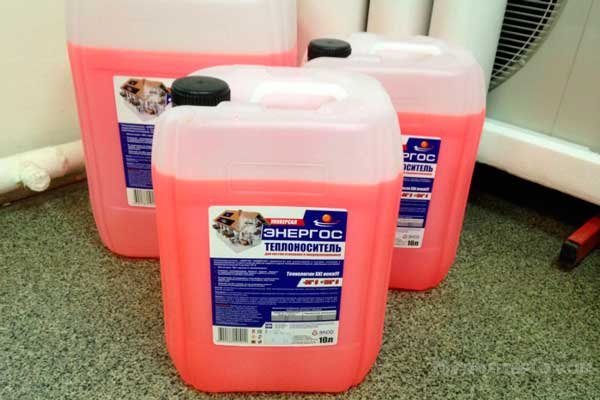

Ethylene glycol heat transfer fluid
Propylene glycol, which is given a green color during manufacture, is absolutely safe to use.The freezing point of the substance is -35 ° C, due to which it can be used in systems with an open expansion tank.
Antifreeze on a glycerin basis has a freezing point of -30 ° C, is absolutely safe to use and has a number of advantages compared to other types of antifreeze substances, which better characterizes it as a heat carrier:
- prevents the appearance of corrosion in the nodes and elements of the pipeline;
- it has a long, reaching 8 years, service life;
- when pouring into the system, it does not require mandatory flushing of the pipes;
- sold already diluted and ready to pour.
Antifreeze is mainly sold in a concentrated form, before it is poured into the system, it must be diluted. The substance should be diluted strictly in the proportions recommended by the manufacturer, a too saturated solution will not do good - for this reason, harmful layers will soon form in the heat exchanger. Antifreeze must be replaced every 5 years after the start of use.
Preparatory work
They are performed regardless of the state of the equipment.
Hydraulic test
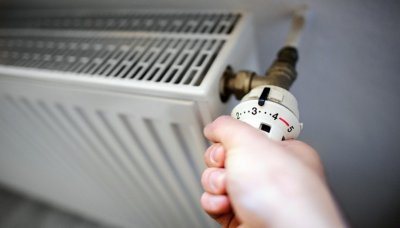

Both old and new pipes must be flushed and tested:
- With water harness cleaned from technological debris, scale. With the addition of chemicals it is possible to remove scale and rust.
If the operating rules are followed (do not drain the coolant in the summer), this procedure is carried out with a break of two years.
- Testing performed with air at high pressure. For crimping the working indicator multiply by 1.25 (value varies depending on material and volume of water). The pressure during the entire operation may drop no more than 1%.
Checking for problems
During hydraulic tests, the system is inspected for the presence cracks and cracks, leaks. After that, you need to check the performance of the equipment: pump, expansion tank, boiler and others.
Overlapping reinforcement
After completing the inspection, you need to tighten everything valvesleading to the drain of liquid from the radiators, and also block air valves.
Types of thermal media
The cheapest heat carrier is water. But the use of water is not always justified. The water should be used in heating systems that are not subject to corrosion. The use of water as a heat carrier has certain reservations. Such a coolant must undergo distillation treatment, this will protect the heating system from the formation of scale in it. The use of water that freezes at freezing temperatures can destroy pipes in the event of an emergency shutdown.
The injection of special "non-freezing" as a heat carrier allows to ensure the high-quality operation of the heating system for housing. The market of manufacturers of antifreeze for heating offers various types of thermal carriers, made on different bases and having certain characteristics, on which their final price depends.
Basic requirements for the heat carrier:
- 1 The degree of viscosity of the heat carrier with temperature change;
- 3 The thermal medium should not be corrosive and be safe for residents in terms of toxicity and flammability;
- 4 Thermal conductivity of the material;
- 5 The price of the heat carrier must correspond to its payback in terms of service life.
2 Inertness of antifreeze in relation to other materials;
How to fill the system correctly
Exists two fundamentally different ways bay of water.
From above
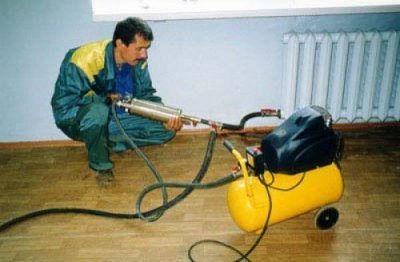

Done with circulation pump... It is advisable to use electric, especially in systems with a drop heights from 10 meters.
If there is only a manual device, filling can be done from the top point using a nipple that is connected to the air valve.
Liquid flows by gravity... The drain valve must be open at the bottom. They shut it off as soon as water appeared.This helps to create a static pressure equal to the height of the circuit divided by at 10 atm.
Next, you need to increase the amount of liquid to the working value. TO fitting connect the hose with a ball valve. On the other hand, an adapter is attached to it to a pump with a pressure gauge. The hose is filled with water with the valve on the pipe closed. Then it is forwarded to the circuit, creating an air flow from the pump. Procedure repeat 3-5 times... This must be done carefully so that gas does not enter the pipeline. Otherwise, you will have to clean the system.
From below
For the procedure, you will need a container with a volume not less than 200 liters (more, depending on the system). A pump is placed in it, the required pressure is created.
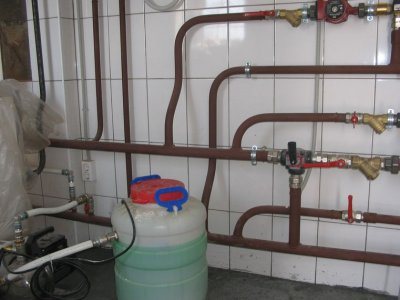

The latter is calculated from the head height: value in meters divided by 10 and get the number in atmospheres.
The barrel is pre-filled with water. The level must be higher branch pipeto avoid air ingress. As the pumping progresses, the liquid is topped up.
When filling with antifreeze, use a small container so as not to contaminate the hose and pump housing. Its amount must be replenished more often, periodically stopping the process.
Filling is performed when open air ducts... The last are the cranes of Mayevsky, placed on the batteries. Objects are installed under them to collect liquid. When it flows, the valves are closed.
Pressure control is carried out according to pressure gauge... If the indicator exceeds static (it is taken equal to the length of the head in the circuit, divided by 10), water continues to be poured into the system until the required value is obtained.
After finishing the process, the pump is turned off. The air valves are then unsealed. This is necessary to remove gas from the system. The pressure in this case will drop, so you will need to top up the fluid.
Attention! Finally, the piping should be inspected for cracks and leaks.
How to pump antifreeze into the heating system
Before pouring antifreeze into the heating system, make sure that the pipes and heat exchangers are clean. If necessary, the entire circuit is pre-cleaned. To pour antifreeze into the heating pipes correctly, you need to completely fill all the voids in the circuit so that there are no air pockets left. Air can only accumulate in batteries, if, of course, the circuit is made without errors. If air pockets accumulate in the circuit, somewhere other than batteries, then air vents are installed there. How to pump antifreeze into the heating system:
- connect the hose from the pump for pumping antifreeze into the heating system to any pipe through which it is possible to pour liquid;
- turn on the blower;
- when the pressure gauge needle reaches a reading of one and a half atmospheres, the pump is turned off;
- air is released from all radiators;
- the pump turns on again to pump antifreeze into the heating system until the pressure again reaches the previous level;
- check the presence of air in the heat exchangers and places of its possible accumulation.
After the performed procedure, the boiler turns on. After it has worked for some time, about a day, you need to check the circuit again for the presence of air in it. Also pay attention to the pressure gauge. There should be one and a half atmospheres in the circuit. In the event of a discrepancy between the readings of the pressure gauge, adjustments must be made. Most often, you have to feed the system, although it is possible that a certain amount of coolant will need to be drained.
Before pumping antifreeze into the heating system, all air vents can be opened at once. In this case, under each Mayevsky tap, you need to substitute some kind of tank, a half-liter can will do. The hole in the faucet is very small, no thicker than a needle, so no flood is expected.
It is more convenient to use the help of another person, since it is much more convenient and faster to fill the closed heating system with antifreeze together.It is necessary that someone alone monitors the operation of the pump, the level of antifreeze in the tank from which it is pumped out and the pressure in the circuit. The second person monitors Mayevsky's taps and closes them one by one when the coolant flows from the hole.

